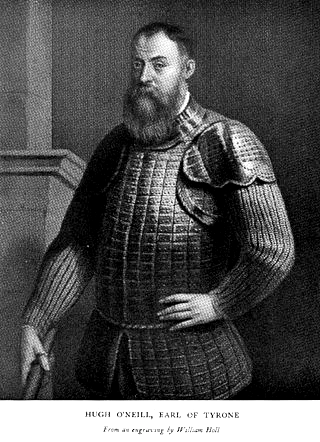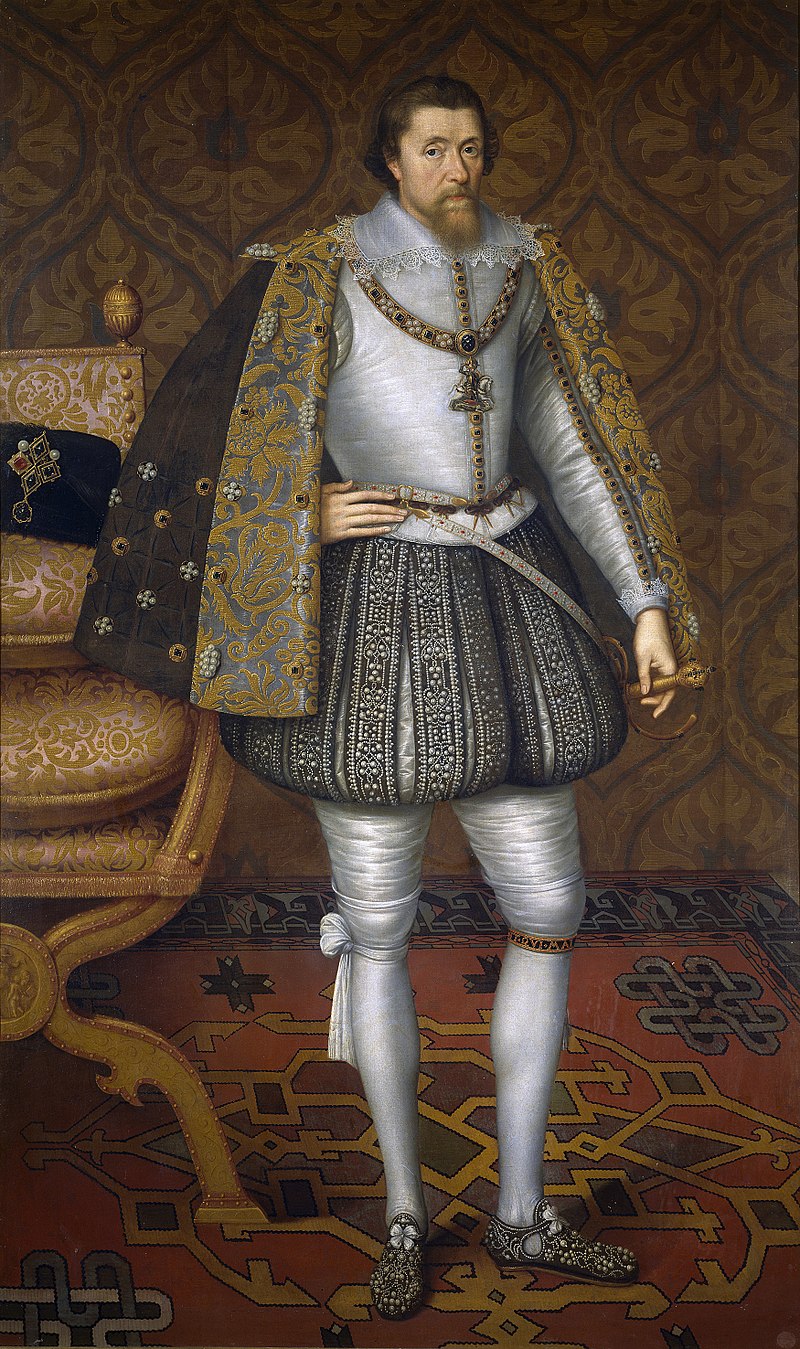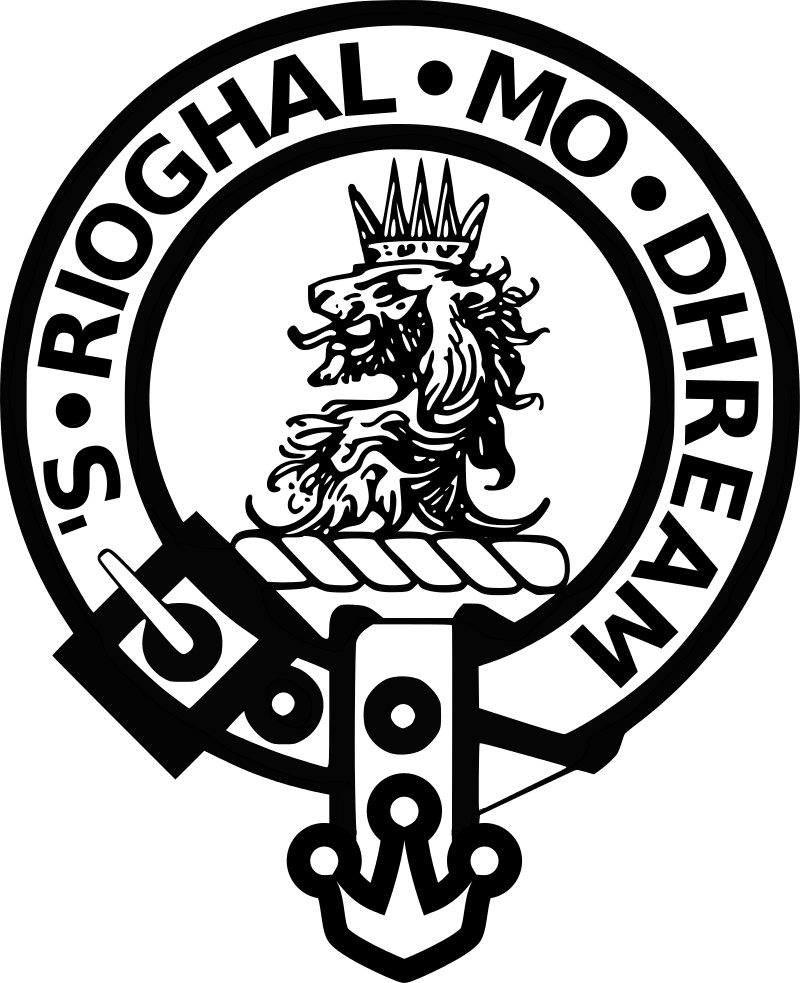- March 30, 1603
Hugh O’Neill (c. 1550 – 20 July 1616) was an Irish Gaelic lord, Earl of Tyrone (known as the Great Earl) and was later created The Ó Néill Mór, Chief of the Name. O’Neill’s career was played out against the background of the Tudor conquest of Ireland, and he is best known for leading a coalition of Irish clans during the Nine Years’ War, the strongest threat to the House of Tudor in Ireland since the uprising of Silken Thomas against King Henry VIII.
The Treaty of Mellifont also known as the Articles of Mellifont, was signed in 1603, ending the Nine Years’ War which took place in the Kingdom of Ireland from 1594 to 1603.
On 30 March, Tyrone submitted to the Crown. The pardon and the terms were considered to be very generous at the time:
- In return for renouncing the Gaelic title, Uí Néill (in English: The O’Neill), the attainder that had stripped him of the title of Earl of Tyrone was reversed, allowing him a seat in the Irish House of Lords.
- He retained his traditional core territory, apart from any Church lands, which was held in freehold title under English property law.
- The Earl of Tyrone swore to be loyal to the Crown and not to seek further assistance from foreign power. In return, he received a pardon.
- Brehon law was to be replaced in his lands with English law.
- The earls were no longer permitted to support the Gaelic bards.
- English would be the official language.
- Catholic colleges could not be built on his property.
The terms were similar in policy to many previous “surrender and regrant” agreements conducted after 1537 between the Crown and many autonomous Irish chieftains, but unusually, the earl was not obliged to convert to the Church of Ireland.

 ← Union of the Crowns of England and Scotland on the death of Queen Elizabeth I
← Union of the Crowns of England and Scotland on the death of Queen Elizabeth I
 Banning of the Clan MacGregor by act of James IV of Scotland →
Banning of the Clan MacGregor by act of James IV of Scotland →